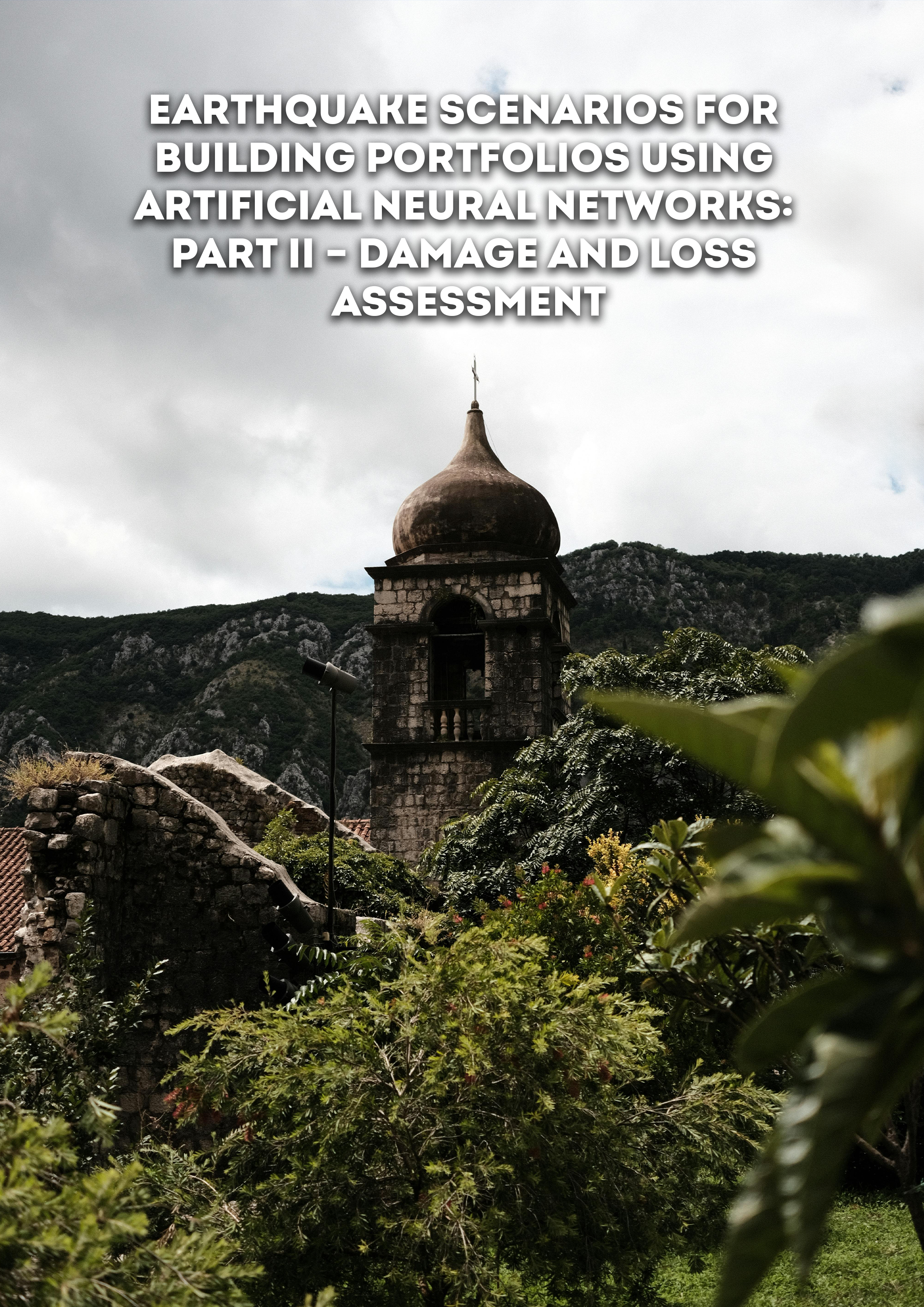top of page
Earthquake scenarios for building portfolios using artificial neural networks: Part II – Damage and loss assessment
2022
|
Peer-reviewed
Seismic risk assessment of building portfolios has been traditionally performed using empirical ground motion models, and scalar fragility and vulnerability functions. The advent of machine learning algorithms in earthquake engineering and ground motion modelling has demonstrated promising advantages. The aim of the present study is to explore the benefits of employing artificial neural networks (ANNs) in earthquake scenarios for spatially-distributed building portfolios. To this end, several recent major seismic events in the Balkan region were selected to assess damage and economic losses, considering different modelling approaches. For the assessment of the seismic demand, the ANN developed in the companion study and common ground motion models for Europe were adopted. For the vulnerability component, recent ANN models and existing scalar fragility and vulnerability functions for the Balkans were used. The estimates of all modelling cases were compared against the aggregated damage and economic loss data observed in the aftermath of these events. The findings of this study suggest that overall, the ANNs led to damage and economic loss estimates closer to the observations.
bottom of page








